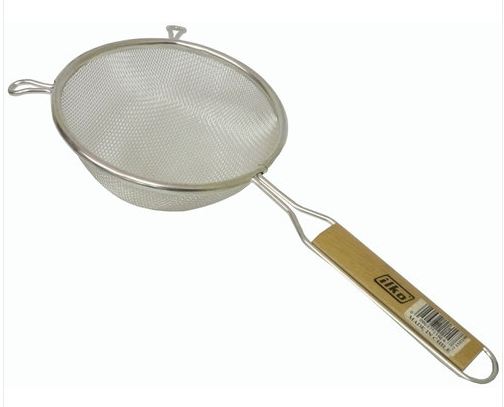I just got my 4th batch of beer into primary. Even though this is my 4th, I have changed a little of my process each time. It was my second time using a funnel with a strainer in it for transfering from brew pot to primary. First time I had no problems, but this time the screen kept getting clogged with trub(not for sure if its the right term). I had to keep re-rinsing it to keep it flowing.
My question is is there a better way to filter? Or should I siphon?
My question is is there a better way to filter? Or should I siphon?




